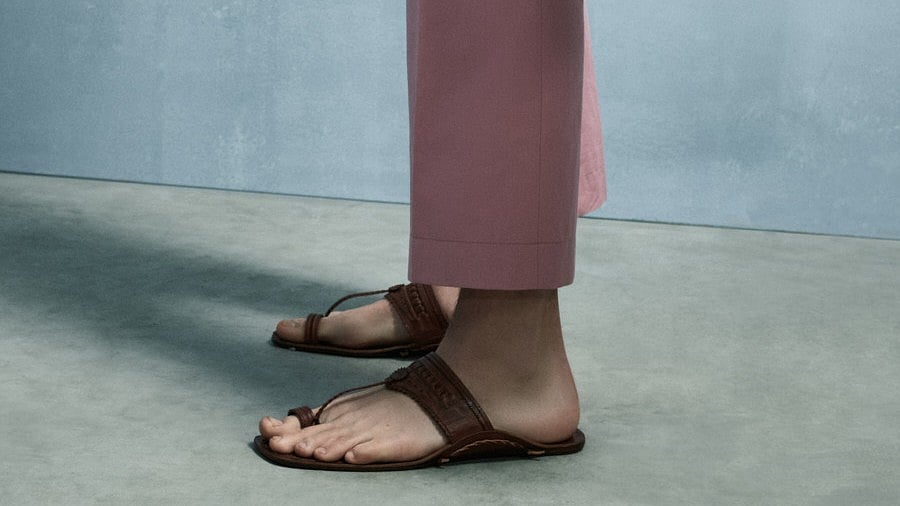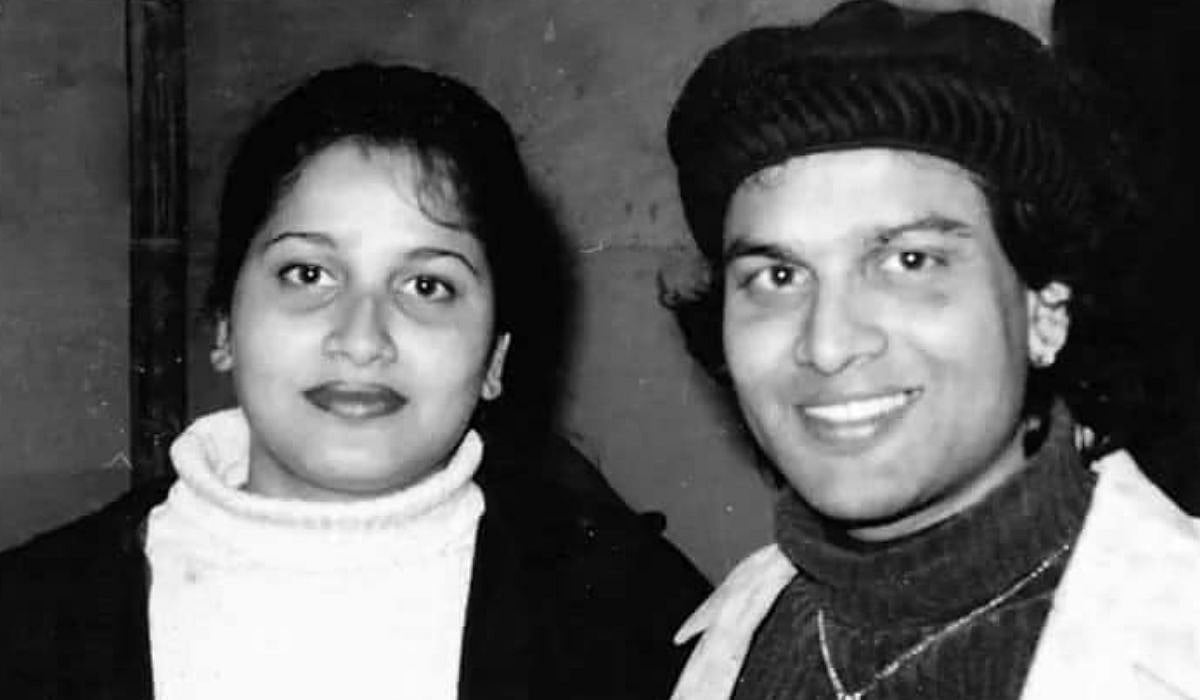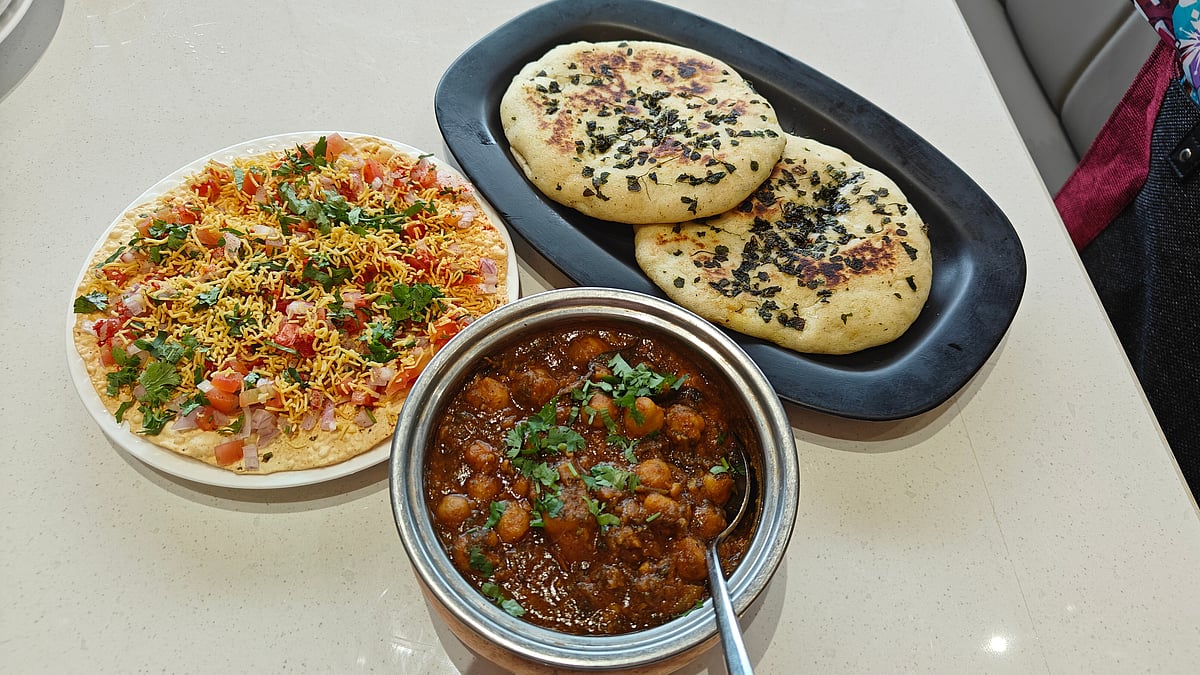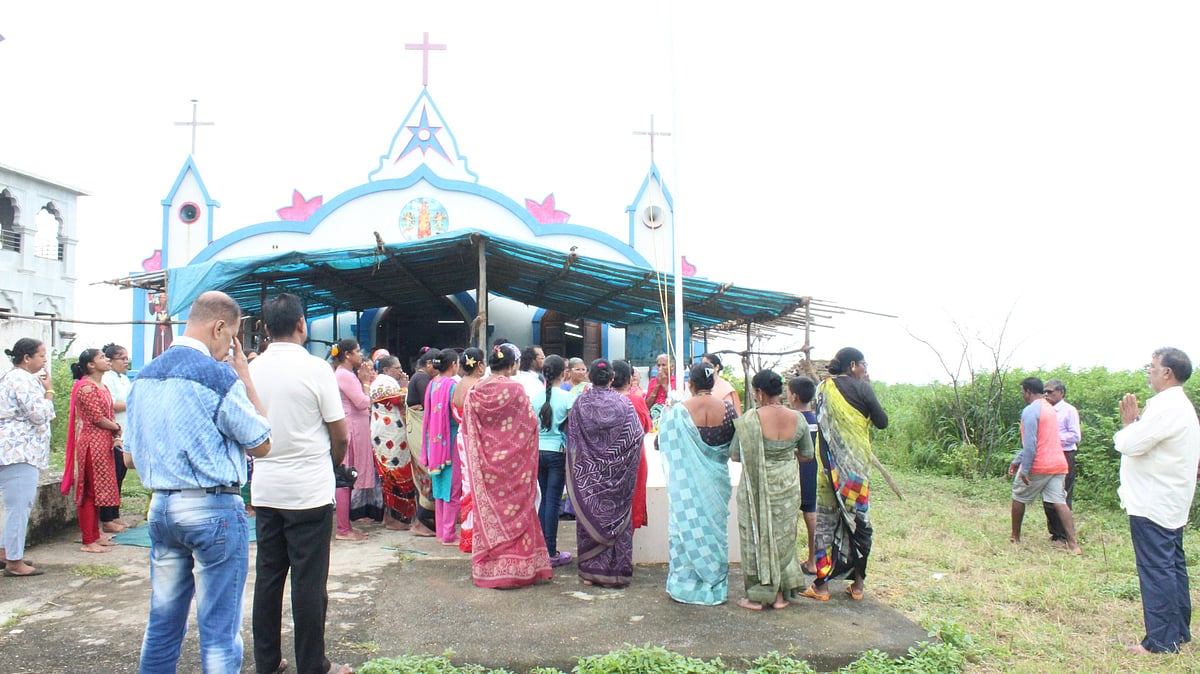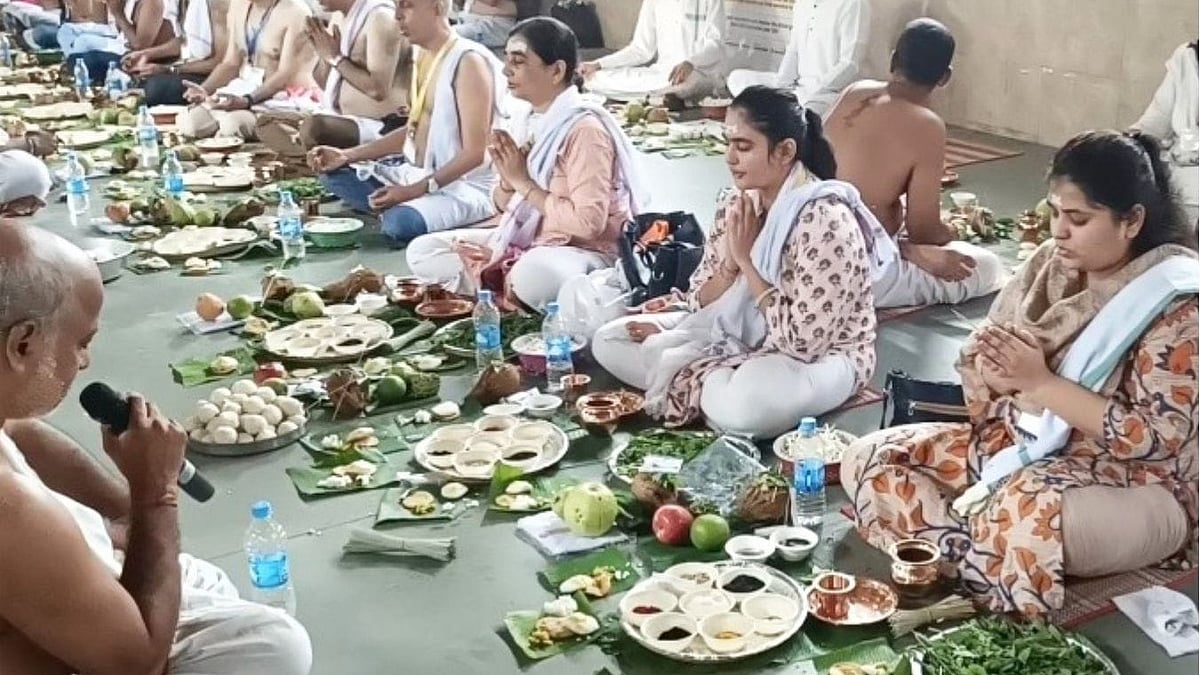The cultural appropriation discussion has returned with the Prada controversy. The major fashion brand's latest footwear offering at a fashion show got accused of copying Kolhapuri Chappals, the GI-tagged footwear from Maharashtra. In all this, we discuss the impact of this latest fiasco from Prada on Kolhapuri Chappals and the need to safeguard India's cultural offerings.
The controversy
Renowned author and columnist Shobha De doesn’t mince her words. “It is not a frivolous, social media generated controversy. Those chappals are very much a part of Indian heritage. Prada was audacious enough to ignore the GI tag hoping to get away with it. And almost did! To not respect and acknowledge the source smacks of arrogance. Nobody dares to do that with champagne or even parmesan cheese – both protected by the GI tag.”
She states the rights of Indians to assert themselves and demand an acknowledgement. She wants everyone to take pride in what is ours and has been since the 12th century.
Rahul Parasu Kamble, the founder of SHOPKOP Leatherworks Pvt. Ltd runs an e-commerce platform that sells authentic Kolhapuri chappals among others. For him, the incident is a mirror reflecting the global appeal of our craftsmanship and lack of awareness, recognition and protection of our traditional arts. He mentions seeing a chance to remind the world of Kolhapur's legacy while most are fuming over the pricing and branding. He feels it has sparked the required dialogue.
Anurag Kokitkar is the founder of Paytaan, a brand pushing authentic and handmade Kolhapuri Chappals globally. He feels it was a normal fashion show for the brand. "Later, Indians jumped on it and created a controversy out of it, especially influencers and the media. Later, politicians and local business organisations took advantage of it to take a stand for the craft and artisans."
He thinks that in the beginning, there were just due credits and recognitions given to the craft or design since it was not made in India. “Post the controversy, it has now become an unnecessary fight in which the brand clearly won with an official acknowledgement to the Maharashtra Chamber of Commerce and getting uncanny popularity in India.”
Aabhika Hari, a PR Professional and a big fan of Kolhapuri Chappals, feels Prada has a different creative thinking. But there is more to what is seen. "It reflects ongoing global conversations about cultural representation, design inspiration, and how traditional crafts are referenced in mainstream fashion. In my opinion, the real credit should go to the local artisans crafting Kolhapuri chappals for generations. They put their heart and soul into this work, and that deserves full recognition."
Desi impact
About the controversy's impact on the GI-tagged chappals, Aabhika calls it mixed. "On one hand, increased visibility might create curiosity and awareness about Kolhapuri chappals and their GI status. On the other hand, if the origin and cultural significance are not acknowledged clearly, it may lead to confusion or dilute the value related to the original craft. The outcome largely depends on how the narrative is handled going forward. So, the real impact depends on how well the story behind the craft is shared."
De sees a big revival in the offing. “Already young shoppers on Colaba Causeway have started hunting for authentic Kolhapuris. This is a positive development which will greatly benefit our artisans.”
Talking the point forward, Rahul talks about the short-term positive impact of bringing attention and discovery of the Kolhapuri chappals for the first time and a rise in interest and sales. “In the long run, if bigger brands continue to reinterpret and commercialise our designs without acknowledging the source or collaborating with the original makers, it may sideline the very people who have preserved this craft for generations.”
Talking point
Is the debate focusing on the traditional artistry, and is it not being protected enough? Rahul thinks so. "Despite the richness, heritage, and uniqueness of our handicrafts, most of our artisans remain invisible. Kolhapuri chappals have an 800-year-old history, yet many craftsmen today still struggle to earn fair wages or find new markets."
He thinks it's not just about the scandal but a larger issue of how India treats its artisans. He feels it is time to shift from conserving heritage to empowering those keeping it alive.
Anurag adds, “An international brand making a product inspired by a local craft will benefit Indian crafting industry in the long run, only if taken positively and making the most out of it. There has to be stronger efforts to protect the crafts and preserve and flourish them to reinvent crafting legacy.”
What to take
He considers the need to encourage more patents. “That is the right way to not just encourage our craftsmanship but find and protect new markets.”
Anurag too wants the government to focus on preserving the traditional crafts. "The GI tag is a very important step and the government is taking many such majors to help sustain the industry. They have to try more on bridging the gaps between government initiatives and industry linkage. They should promote and educate people about GI Tag."
He adds, “Industry should focus more on producing GI products. Right now, India is the only copy producer for authentic crafts. Focusing more on quality and standards will help the industry obtain export markets and increase its prices too. Now that Prada has recognised it, the whole Indian fashion world and customers are shaken up. So henceforth they should start demanding GI Tag products. It will create a demand and will automatically shift to producing authentic products.”
Aabhika wants people to become more aware of where things come from. “For the makers, they deserve platforms where their stories are heard, and their skills are celebrated, and people should value authenticity and support local artisans. The fashion world should look at collaboration over imitation, and ensure they receive credit and fair share.”
Firstly, Rahul wants the government to create stronger platforms, direct market linkages and education platforms for artisans and consumers. “And secondly, we as makers need to embrace better design, storytelling, and digital tools to reach wider audiences. This moment gave us a glimpse of what’s possible when global eyes turn towards something local.”
While the hullabaloo will die a slow death, what should not die is the importance and rise of and support to our very own pride – the Kolhapuri Chappals.
